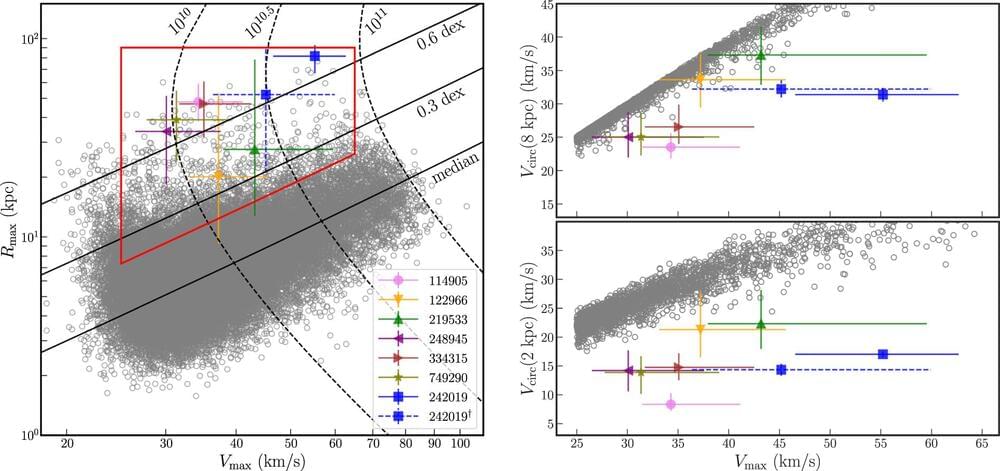A study co-led by physicists at UC Riverside and UC Irvine has found that dark matter halos of ultra-diffuse galaxies are very odd, raising questions about physicists’ understanding of galaxy formation and the structure of the universe.
Ultra-diffuse galaxies are so called because of their extremely low luminosity. The distribution of baryons—gas and stars—is much more spread out in ultra-diffuse galaxies compared to “normal” galaxies with similar masses.
In the following Q&A, Hai-Bo Yu, an associate professor of physics and astronomy at UCRhis thoughts on the findings he and UCI’s Manoj Kaplinghat, his long-term collaborator, have published in The Astrophysical Journal about newly discovered ultra-diffuse galaxies and their dark matter halos.









Comments are closed.